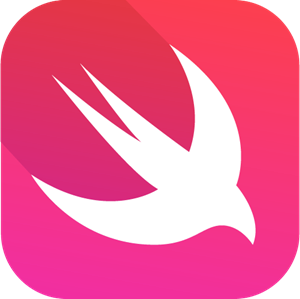 NSDateFormatter .com
NSDateFormatter .com
Easy Skeezy Date Formatting for Swift and Objective-C
Friday, Aug 8, 2025 EEEE, MMM d, yyyy | EEEE, MMM d, yyyy |
08/08/2025 MM/dd/yyyy | MM/dd/yyyy |
08-08-2025 13:55 MM-dd-yyyy HH:mm | MM-dd-yyyy HH:mm |
Aug 8, 1:55 PM MMM d, h:mm a | MMM d, h:mm a |
August 2025 MMMM yyyy | MMMM yyyy |
Aug 8, 2025 MMM d, yyyy | MMM d, yyyy |
Fri, 8 Aug 2025 13:55:32 +0000 E, d MMM yyyy HH:mm:ss Z | E, d MMM yyyy HH:mm:ss Z |
2025-08-08T13:55:32+0000 yyyy-MM-dd'T'HH:mm:ssZ | yyyy-MM-dd'T'HH:mm:ssZ |
08.08.25 dd.MM.yy | dd.MM.yy |
13:55:32.380 HH:mm:ss.SSS | HH:mm:ss.SSS |